Home>Furniture & Design>Outdoor Furniture>Where Is The Circuit Breaker For An Outdoor Outlet?
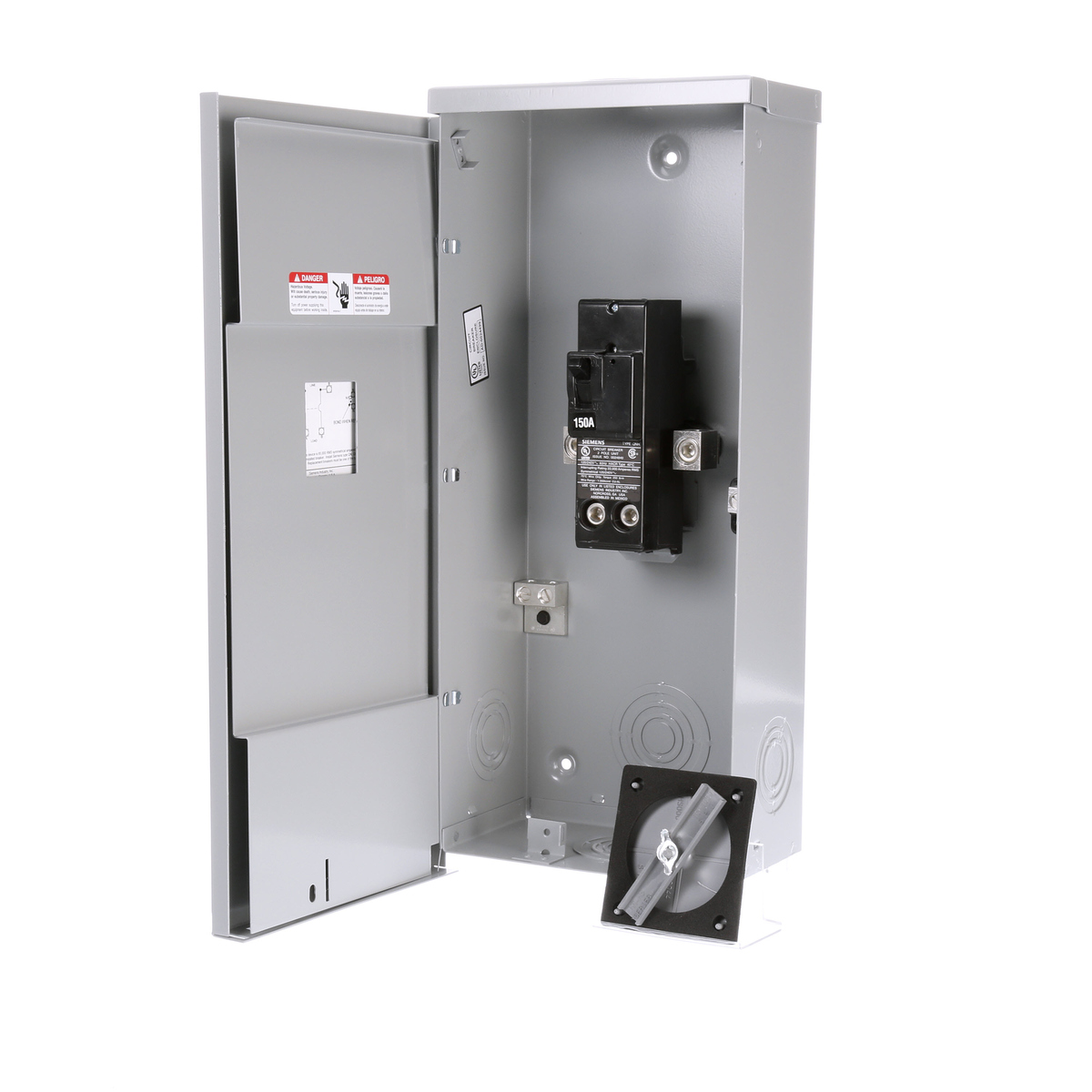

Outdoor Furniture
Where Is The Circuit Breaker For An Outdoor Outlet?
Published: January 15, 2024
Find the circuit breaker for your outdoor outlet with ease. Get expert tips on outdoor furniture, design, and maintenance. Keep your outdoor space safe and stylish.
(Many of the links in this article redirect to a specific reviewed product. Your purchase of these products through affiliate links helps to generate commission for Storables.com, at no extra cost. Learn more)
Introduction
Understanding the electrical components of your outdoor living space is crucial for both safety and functionality. Whether you're planning a cozy evening under the stars with ambient lighting or firing up the grill for a weekend barbecue, having an outdoor outlet is a modern convenience that enhances the overall experience. However, when an outdoor outlet stops working, it can be frustrating and puzzling. In many cases, the issue may be linked to a tripped circuit breaker.
This article aims to demystify the process of locating the circuit breaker for an outdoor outlet. We'll delve into the fundamentals of circuit breakers, explore the various types of outdoor outlets, and provide practical guidance on identifying and resetting the circuit breaker to restore power to the outdoor outlet. By the end of this comprehensive guide, you'll feel more confident in troubleshooting and resolving electrical issues related to your outdoor living space. So, let's embark on this enlightening journey to uncover the secrets of outdoor outlet circuit breakers!
Key Takeaways:
- When your outdoor outlet stops working, it might be due to a tripped circuit breaker. Understanding the types of outdoor outlets and how to locate and reset the circuit breaker can help you restore power and enjoy your outdoor space safely.
- By following simple steps to locate and reset a tripped circuit breaker, you can troubleshoot and resolve issues with your outdoor outlet. This knowledge empowers you to maintain a reliable and safe outdoor electrical system.
Read more: Where Are AFCI Breakers Required
Understanding Circuit Breakers
Before delving into the specifics of outdoor outlet circuit breakers, it’s essential to grasp the fundamental role of circuit breakers in the realm of electrical systems. A circuit breaker is a crucial safety device designed to protect electrical circuits from damage caused by overcurrent, short circuits, or electrical faults. Essentially, it acts as a fail-safe mechanism to prevent potential hazards such as electrical fires or equipment damage.
When an excessive electrical load flows through a circuit, the circuit breaker detects this anomaly and interrupts the current flow, effectively “breaking” the circuit to prevent further damage. This pivotal function not only safeguards the electrical system but also promotes a secure and reliable power supply to the connected outlets and appliances.
Circuit breakers come in various types, including standard, ground fault circuit interrupters (GFCIs), and arc fault circuit interrupters (AFCIs), each tailored to address specific safety concerns. GFCI circuit breakers, for instance, are commonly used in outdoor outlets and are adept at detecting imbalances in the electrical current, thereby reducing the risk of electric shock. On the other hand, AFCI circuit breakers are designed to mitigate the dangers of arc faults, which can ignite fires in residential settings.
Understanding the pivotal role of circuit breakers in maintaining electrical safety underscores their significance in any outdoor electrical system, particularly in powering outdoor outlets. With this foundational knowledge in mind, we can now explore the diverse types of outdoor outlets and their respective circuit breaker configurations to gain a comprehensive understanding of outdoor outlet circuitry.
Types of Outdoor Outlets
Outdoor outlets, also known as receptacles, are indispensable components of modern outdoor living spaces. They provide the necessary power supply for a wide array of outdoor activities, such as lighting, entertainment systems, power tools, and more. Understanding the various types of outdoor outlets can aid in identifying the corresponding circuit breaker and troubleshooting any electrical issues that may arise.
1. Standard Outdoor Outlets: These are the most common type of outdoor outlets and are designed to withstand the elements. They are typically installed in accessible outdoor locations and are protected by weatherproof covers to shield them from rain, snow, and debris. Standard outdoor outlets are often used for general-purpose electrical appliances and devices.
2. Ground Fault Circuit Interrupter (GFCI) Outlets: GFCI outlets are specifically engineered for outdoor and potentially wet locations, such as patios, decks, and gardens. They are equipped with advanced safety features that detect ground faults and promptly interrupt the circuit to prevent electric shock. GFCI outlets are easily recognizable by their “Test” and “Reset” buttons, which facilitate regular safety checks and reset procedures.
3. Weather-Resistant Outlets: These outlets are designed to endure exposure to the elements without compromising electrical safety. They feature enhanced weatherproofing properties, making them suitable for outdoor installations in areas prone to moisture and humidity. Weather-resistant outlets are ideal for long-term use in outdoor kitchens, spas, and other outdoor recreational areas.
4. Tamper-Resistant Outlets: Tamper-resistant outlets are equipped with internal shutters that prevent the insertion of foreign objects, providing an additional layer of safety, especially in outdoor environments where the risk of debris accumulation is higher. These outlets are commonly used in outdoor spaces accessible to children, such as playgrounds and family-oriented recreational areas.
Each type of outdoor outlet is integral to the seamless operation of outdoor electrical systems, catering to specific environmental conditions and safety requirements. By identifying the type of outdoor outlet in question, homeowners and outdoor enthusiasts can effectively narrow down the search for the corresponding circuit breaker, facilitating targeted troubleshooting and maintenance.
The circuit breaker for an outdoor outlet is typically located in the main electrical panel of the house. Look for a breaker labeled “outdoor outlets” or something similar. If you’re unsure, consult a professional electrician for assistance.
Locating the Circuit Breaker for an Outdoor Outlet
When an outdoor outlet ceases to function, the first step in troubleshooting the issue is to identify the corresponding circuit breaker responsible for supplying power to the outlet. This process involves locating the electrical panel, commonly referred to as the circuit breaker panel or fuse box, where the circuit breakers for the entire electrical system are housed. Here’s a step-by-step guide to help you pinpoint the circuit breaker for an outdoor outlet:
- Identify the Electrical Panel: Begin by locating the main electrical panel in your home. This panel is typically situated in a garage, basement, utility room, or an outdoor enclosure, depending on the construction and layout of your property.
- Inspect the Circuit Breakers: Open the electrical panel to reveal the array of circuit breakers. These switches are usually arranged in rows and are labeled to indicate the areas or appliances they supply power to. Look for labels such as “Outdoor Outlets,” “Backyard,” or “Exterior,” as these designations can guide you to the relevant circuit breaker.
- Test the Outlets: If the outdoor outlet is not clearly labeled, you can use a simple testing device, such as a plug-in circuit analyzer or a voltage tester, to determine which circuit breaker controls the outdoor outlet. By systematically testing each outlet in the vicinity of the outdoor area, you can narrow down the circuit breaker associated with the non-functioning outlet.
- Reset a Tripped Circuit Breaker: If you identify a tripped circuit breaker, it will be in the “off” position, indicating that it has been activated due to an electrical fault or overload. To reset the circuit breaker, firmly switch it to the “on” position. It’s important to address the root cause of the tripped circuit, such as removing excessive loads or addressing potential wiring issues, before restoring power to the outdoor outlet.
By following these steps, you can successfully locate the circuit breaker governing the outdoor outlet and take appropriate action to restore power. Additionally, maintaining a well-organized and labeled electrical panel can streamline future troubleshooting efforts and contribute to a safer and more efficient electrical system.
Resetting the Circuit Breaker
Resetting a circuit breaker is a straightforward yet essential procedure that can effectively resolve power supply issues to outdoor outlets. Whether due to an overload, short circuit, or ground fault, a tripped circuit breaker can disrupt the electrical flow to outdoor receptacles. Here’s a comprehensive guide on resetting a tripped circuit breaker to restore functionality to your outdoor outlet:
- Identify the Tripped Circuit Breaker: As mentioned earlier, locate the circuit breaker that corresponds to the outdoor outlet in question. A tripped circuit breaker will be in the “off” position, visibly deviating from the rest of the switches in the panel.
- Assess the Cause: Before resetting the circuit breaker, it’s crucial to assess the potential cause of the trip. If the tripping was triggered by an overload, such as plugging in multiple high-powered devices simultaneously, redistributing the load or using the outlet for lighter-duty appliances can prevent future occurrences. In the case of a ground fault or short circuit, it’s advisable to inspect the outlet and its wiring for any signs of damage or irregularities.
- Reset the Circuit Breaker: To reset a tripped circuit breaker, firmly switch the breaker to the “off” position and then to the “on” position. This action effectively resets the internal mechanism of the circuit breaker, restoring the electrical connection to the outdoor outlet. It’s important to perform this step deliberately and with a decisive motion to ensure a secure reset.
- Test the Outlet: After resetting the circuit breaker, test the outdoor outlet by plugging in a suitable electrical device or using a voltage tester to verify the presence of power. If the outlet functions as expected, the reset was successful, and the outdoor electrical supply has been reinstated.
- Monitor for Recurring Issues: Following the reset, monitor the outdoor outlet for any signs of recurring issues, such as intermittent power disruptions or unusual sounds or odors. If the outlet continues to exhibit irregular behavior, it may indicate an underlying electrical problem that requires professional inspection and remediation.
By adhering to these steps, you can confidently reset a tripped circuit breaker and restore power to your outdoor outlet, enabling you to enjoy uninterrupted electrical access for various outdoor activities and amenities. Additionally, practicing electrical safety measures and being mindful of load capacities can contribute to the optimal performance and longevity of outdoor electrical systems.
Read more: Where Are Arc Fault Breakers Required?
Conclusion
As we conclude our exploration of outdoor outlet circuit breakers, it’s evident that a comprehensive understanding of these electrical components is paramount for maintaining a safe and functional outdoor living space. By unraveling the intricacies of circuit breakers and outdoor outlets, homeowners and outdoor enthusiasts can effectively troubleshoot electrical issues and ensure a reliable power supply for outdoor amenities and activities.
From standard outdoor outlets to specialized GFCI and weather-resistant receptacles, the diverse range of outdoor electrical provisions caters to specific environmental demands and safety considerations. Identifying the type of outdoor outlet and its corresponding circuit breaker is instrumental in pinpointing and addressing power supply disruptions, ultimately enhancing the outdoor living experience.
Locating the circuit breaker for an outdoor outlet involves a systematic approach, from inspecting the electrical panel to testing and resetting the circuit breaker as needed. By following these steps, individuals can confidently navigate the electrical system and restore power to non-functioning outdoor outlets, fostering a seamless and enjoyable outdoor environment.
Furthermore, resetting a tripped circuit breaker is a fundamental skill that empowers homeowners to address common electrical issues promptly and efficiently. By understanding the causes of circuit breaker trips and executing the reset procedure with precision, individuals can mitigate disruptions to outdoor electrical access and promote the longevity of their outdoor outlets.
In essence, the synergy between outdoor outlets and circuit breakers embodies the fusion of convenience and safety, enriching outdoor spaces with versatile electrical capabilities while safeguarding against potential hazards. By embracing a proactive approach to outdoor electrical maintenance and troubleshooting, individuals can cultivate a secure and vibrant outdoor living environment for leisure, entertainment, and relaxation.
As you embark on your outdoor adventures and leisurely pursuits, may this knowledge serve as a guiding light, illuminating the path to a harmonious coexistence with outdoor electrical systems, where convenience and safety converge to elevate your outdoor living experience.
Frequently Asked Questions about Where Is The Circuit Breaker For An Outdoor Outlet?
Was this page helpful?
At Storables.com, we guarantee accurate and reliable information. Our content, validated by Expert Board Contributors, is crafted following stringent Editorial Policies. We're committed to providing you with well-researched, expert-backed insights for all your informational needs.
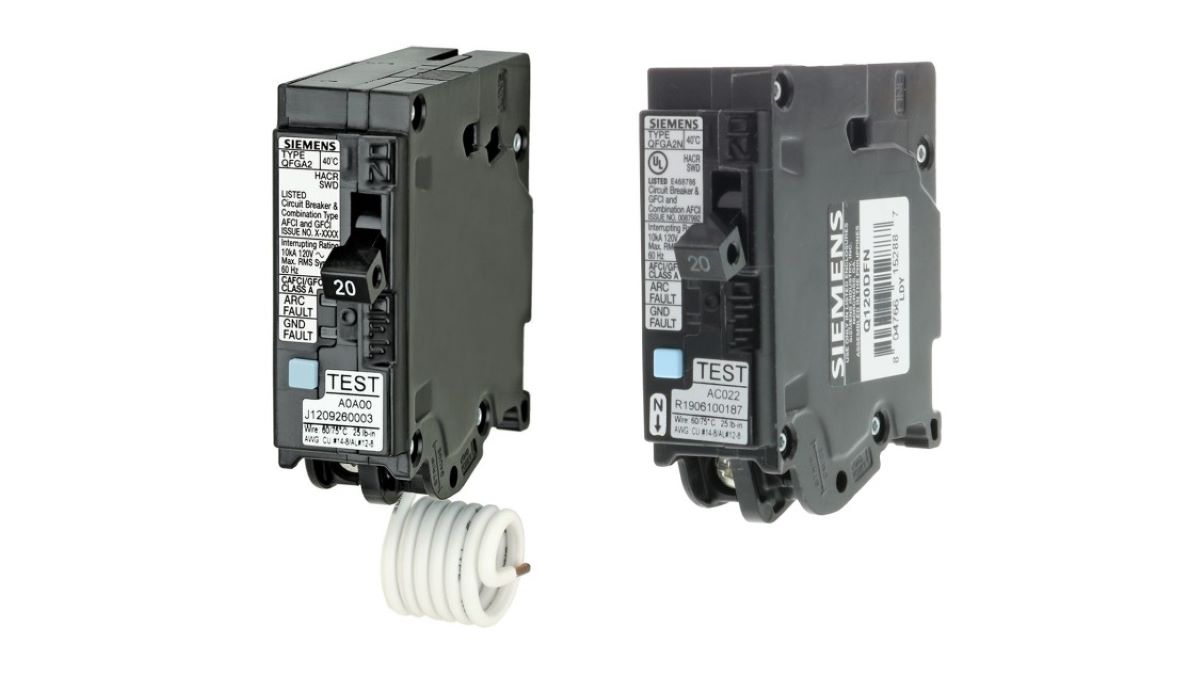
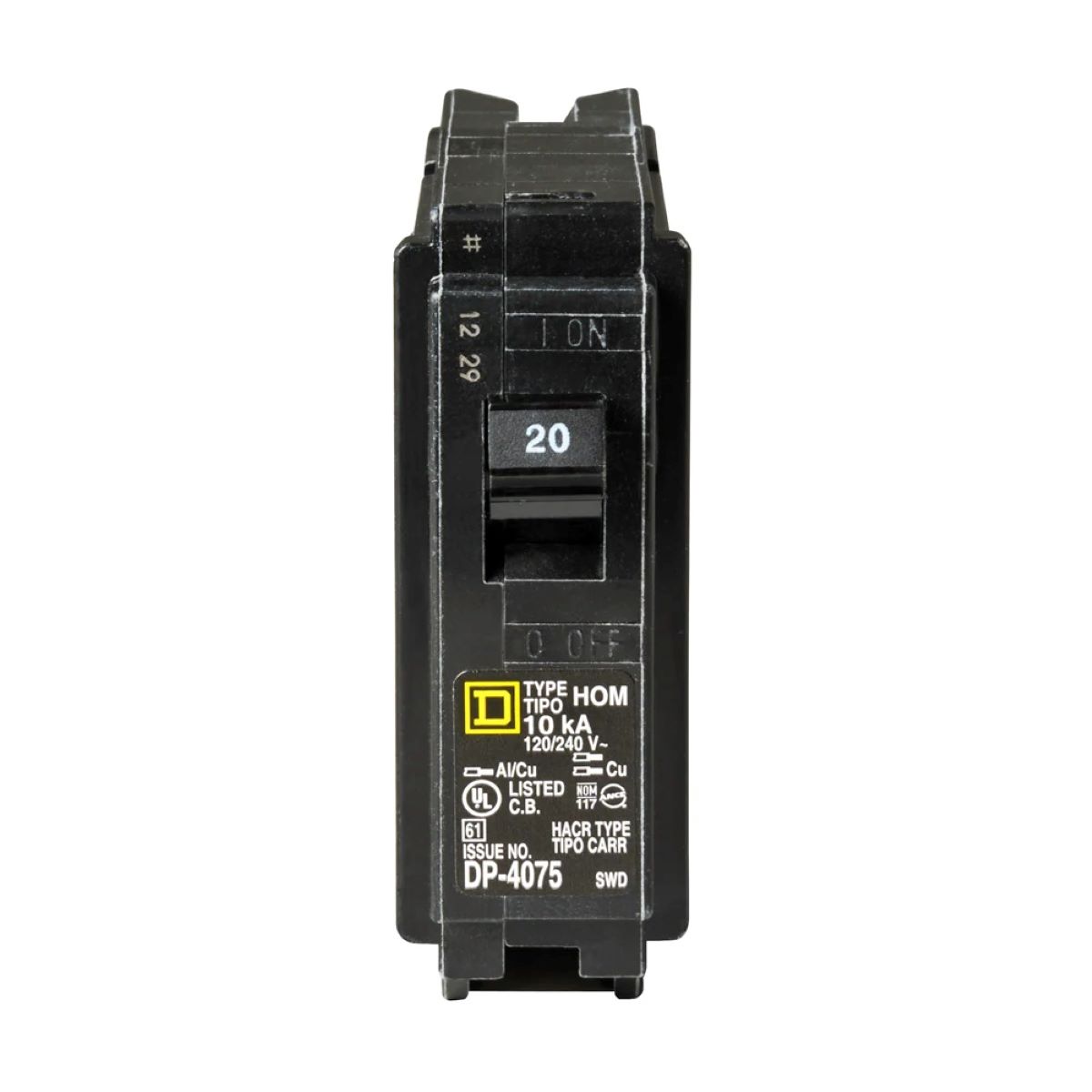
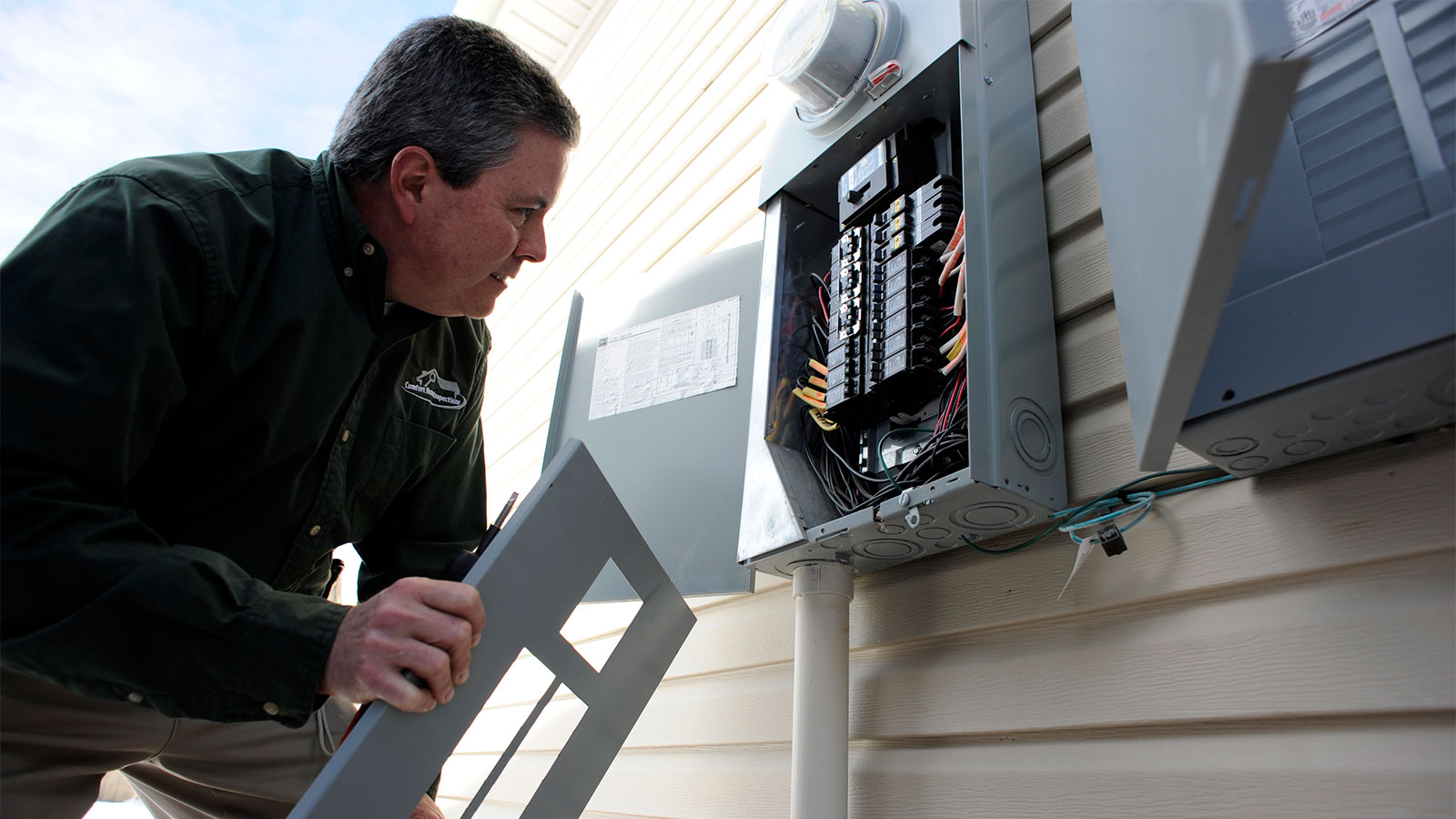
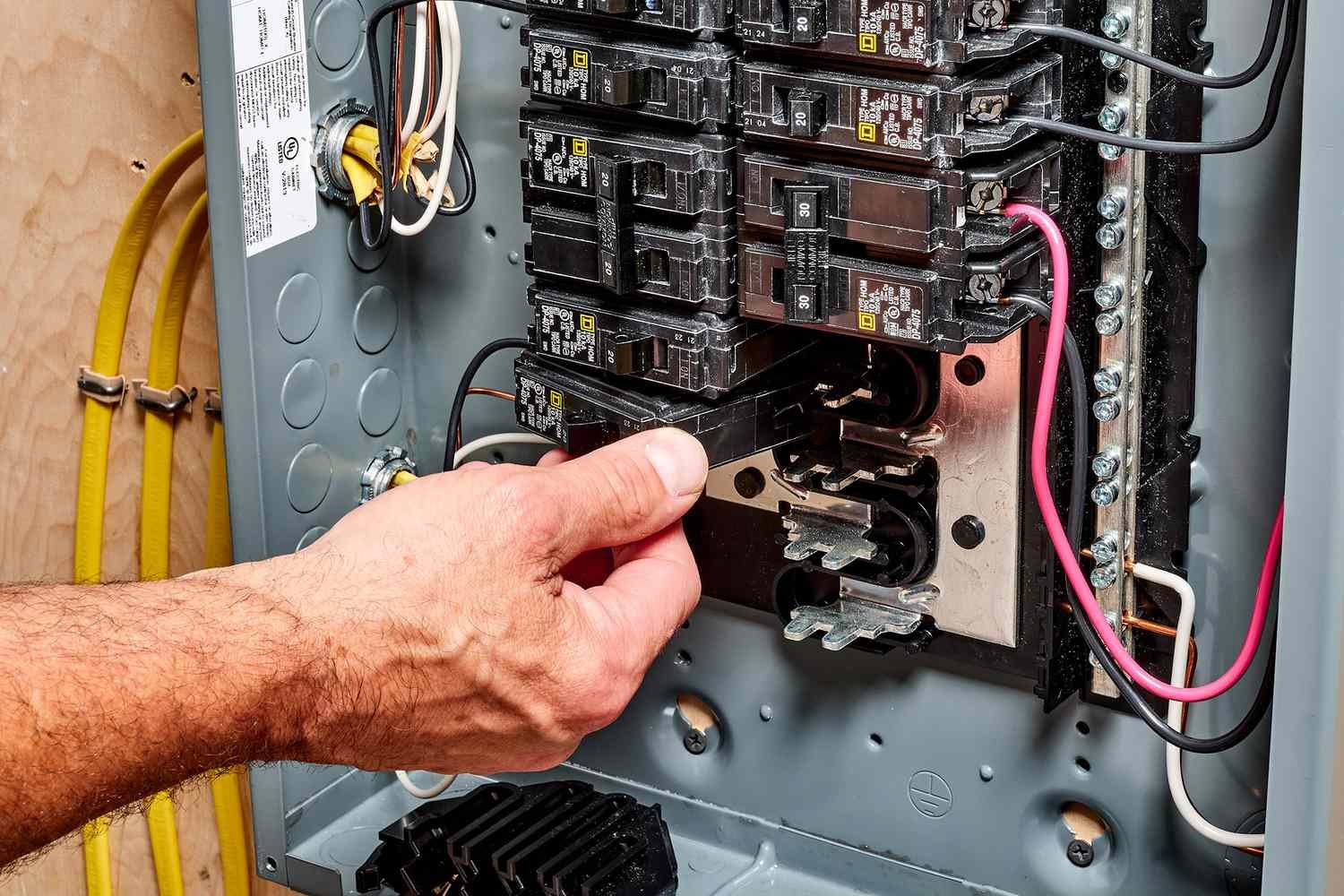
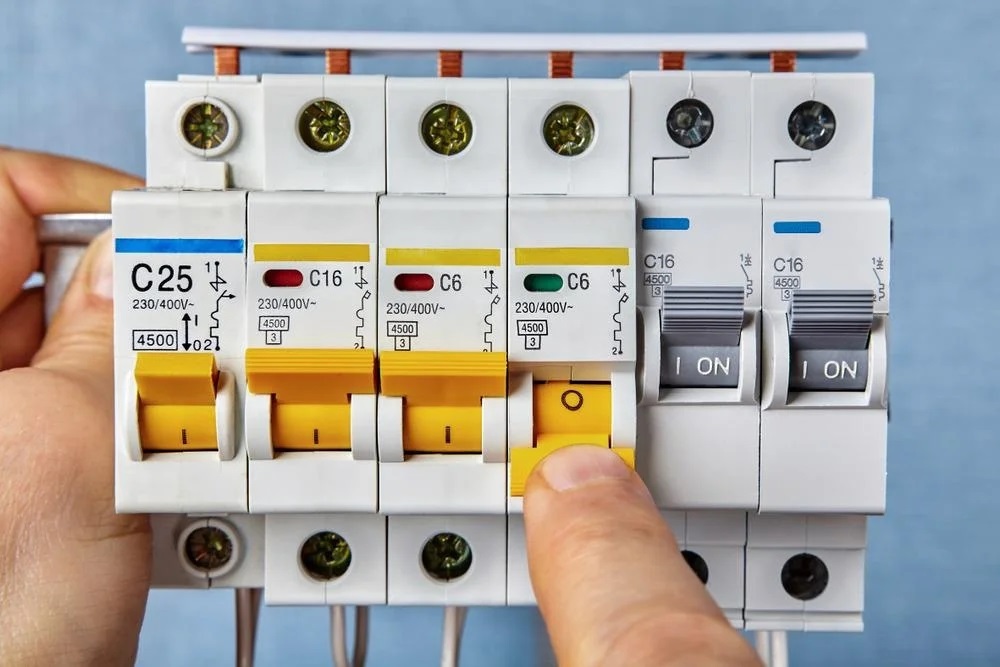
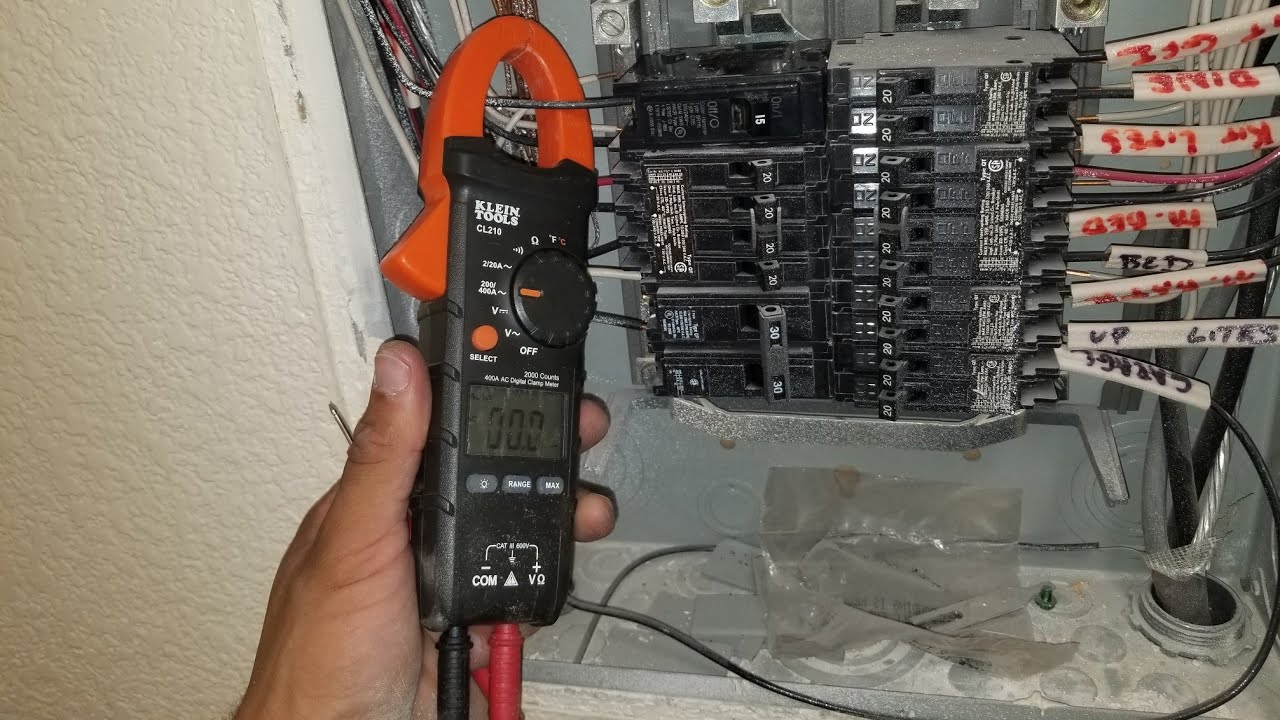

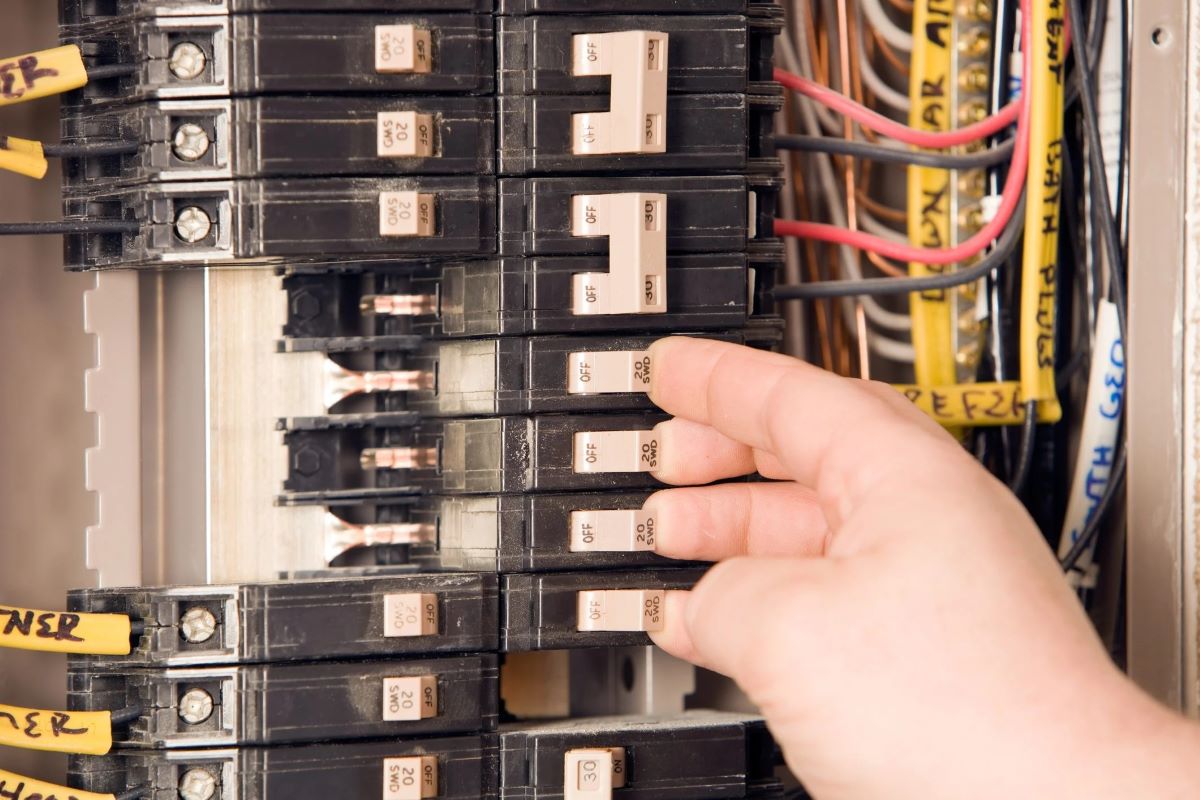
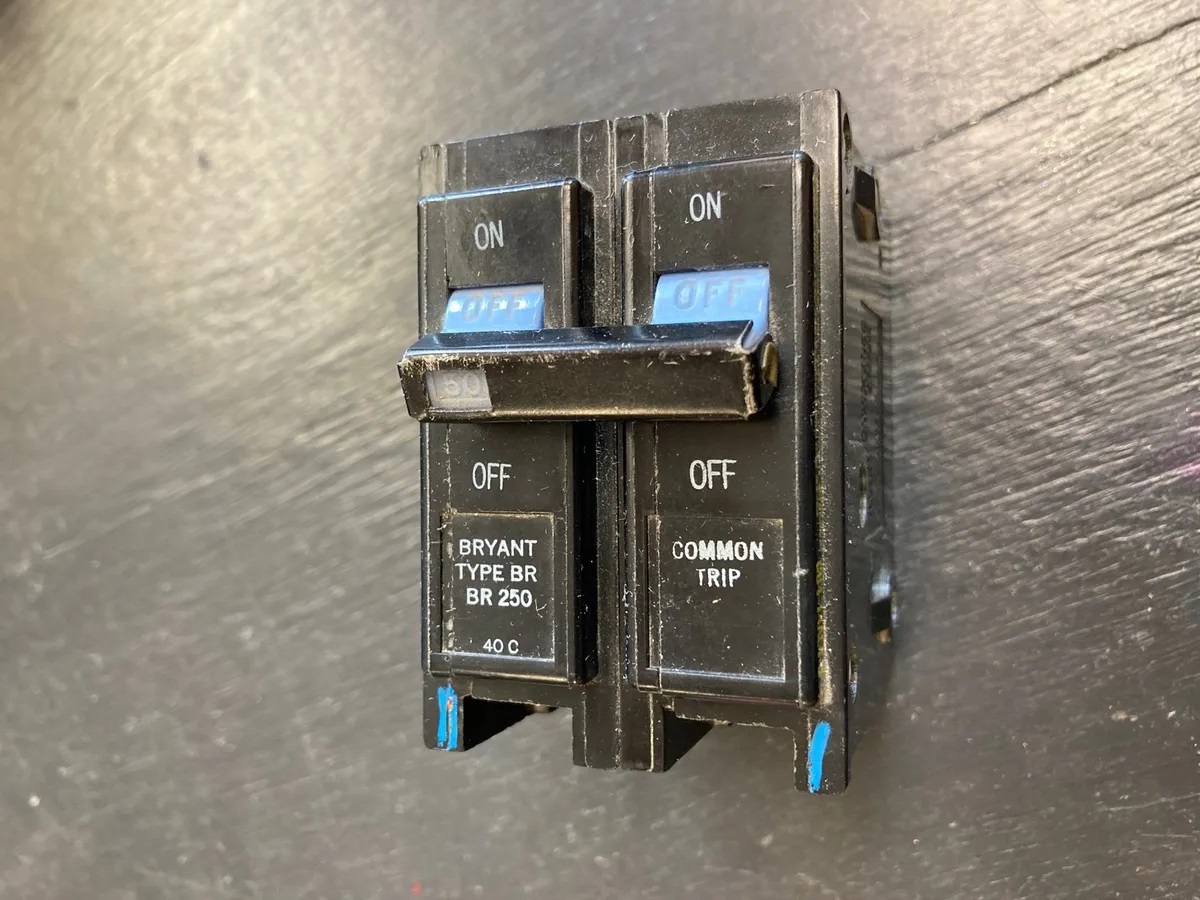
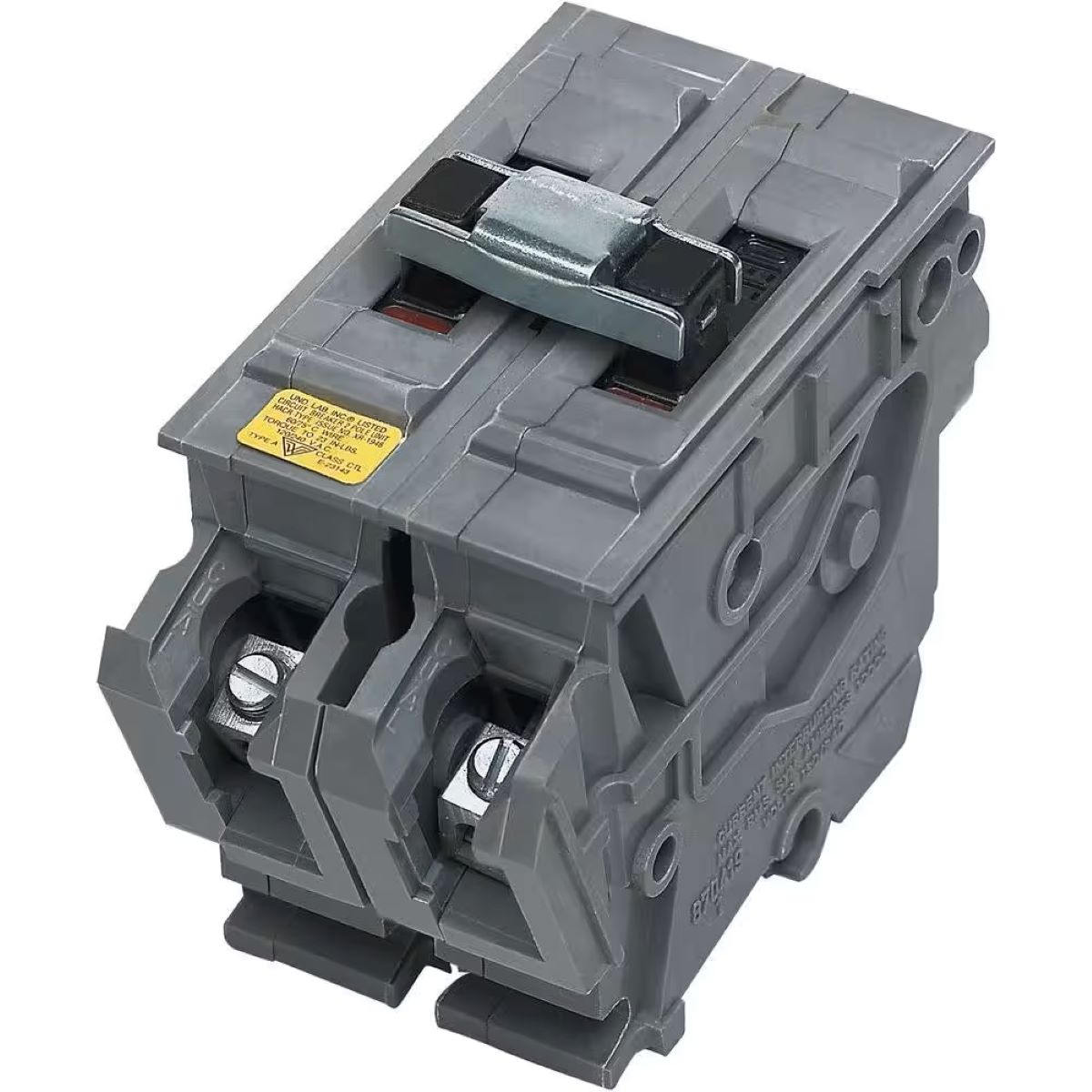
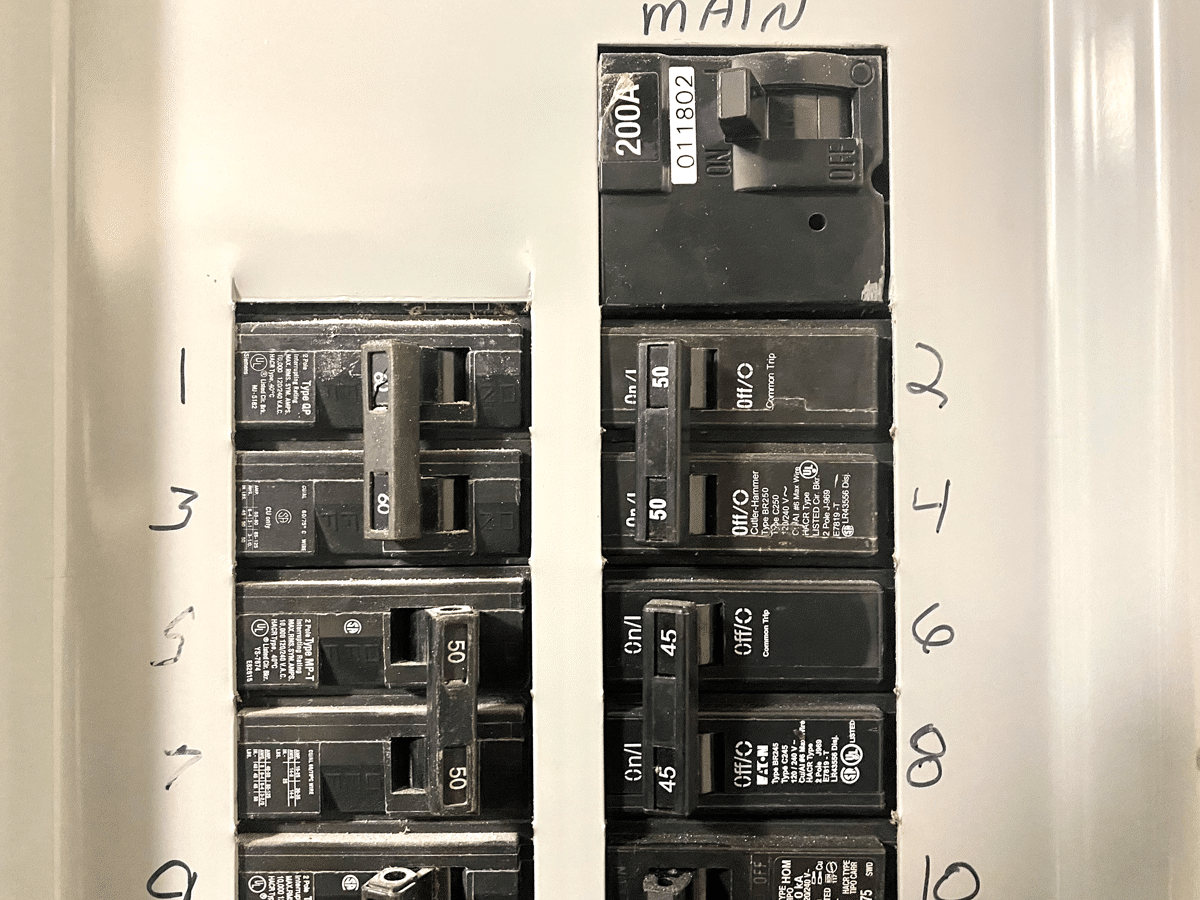




0 thoughts on “Where Is The Circuit Breaker For An Outdoor Outlet?”